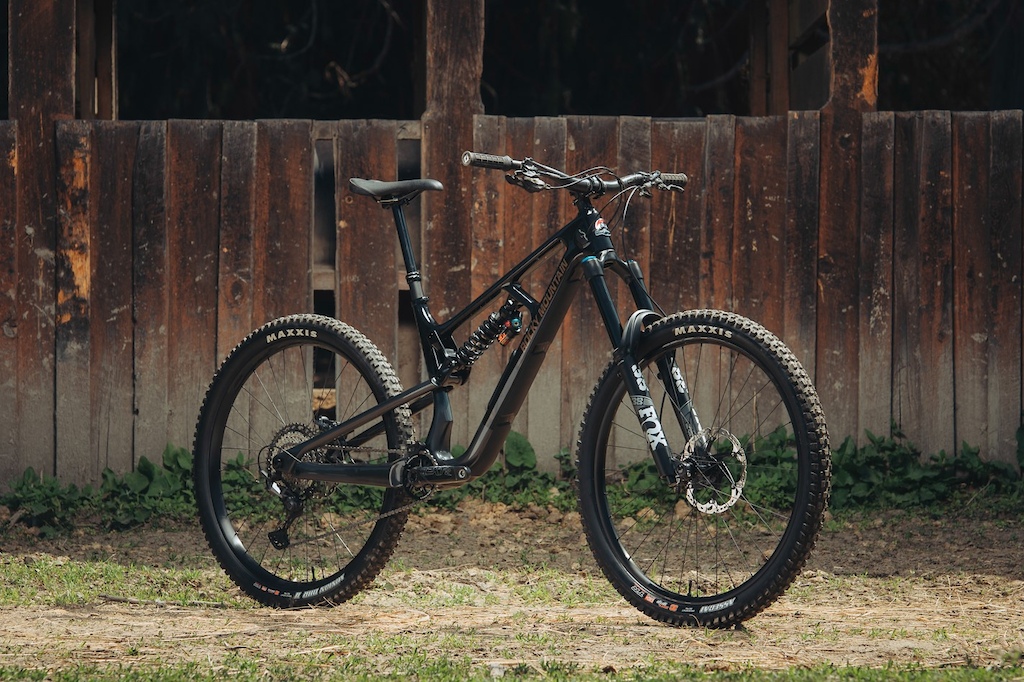
According to Rocky, the Slayer is aimed riders looking for an “aggressive, big mountain bike that can smash bike park laps all day long, and still be pedaled to, from, up, and down their local trails.”
• Wheel size: MX (S, M), 29″ (L, XL)
• 180mm travel, 180mm fork (200mm dual crown compatible)
• 62.5° – 63.3° head angle
• 439 or 449mm chainstay length
• Sizes: S, M, L, XL
• Aluminum & carbon models
• MSRP: $4,599 – $10,299 USD
• bikes.com
The size small and medium models come with a mixed wheel setup, and the large and XL versions receive dual 29” wheels. All sizes can be set up in either configuration, but an aftermarket link is necessary to make the switch.
There are a total of seven complete versions of the new Slayer – four carbon framed options and three aluminum. Prices start at $3,799 USD for the Slayer A30 and go all the way up to $10,299 for the Slayer C90. The carbon frame only is priced at $4,199.
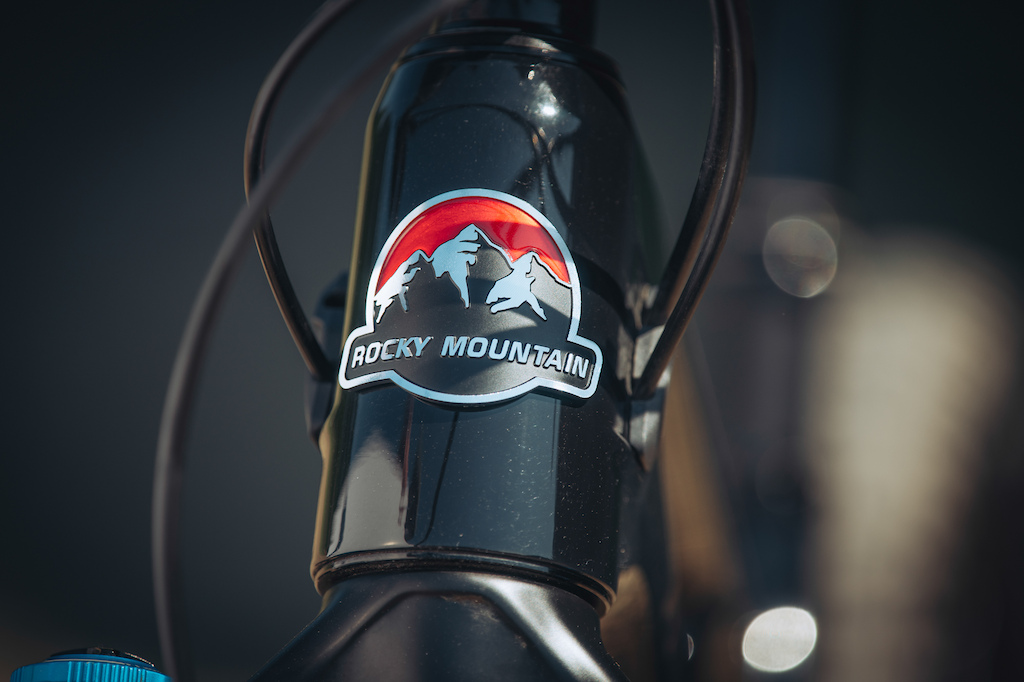
Frame Details
The Slayer’s front triangle casts a familiar shadow – the shock is still mounted to a brace between the top and down tube, where it’s driven by a link that connects the top tube and seat stays. One new feature is the addition of downtube storage that’s hidden underneath a magnetic cover. Rocky are calling it the PenaltyBox, and it provides plenty of room for stashing spares and snacks.
There’s also tube-in-tube internal cable routing that’s designed to work well for all riders, no matter which side they run their rear brake on. Bonus points go to Rocky for not succumbing to the ill-conceived thru-headset cable routing trend.
The carbon frames now also have a carbon rear triangle that Rocky says is stiffer, and designed for aggressive park riding. It’s no secret that we had an unfortunate frame failure the last time we tested the Slayer, so it’s good to see that the back end has been revised. In Rocky’s words, “ We designed the Slayer to be resilient enough for non-stop aggressive riding in bikes parks, off features, and down other big mountain mayhem. We’ve reinforced the frame and all suspension pivots to take a beating.”
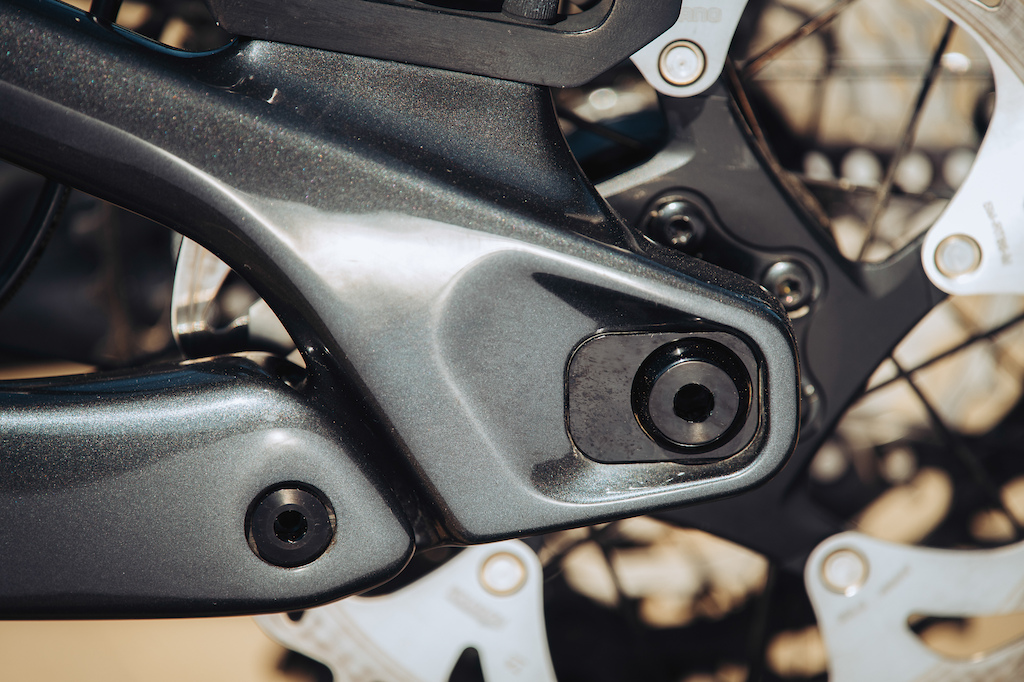
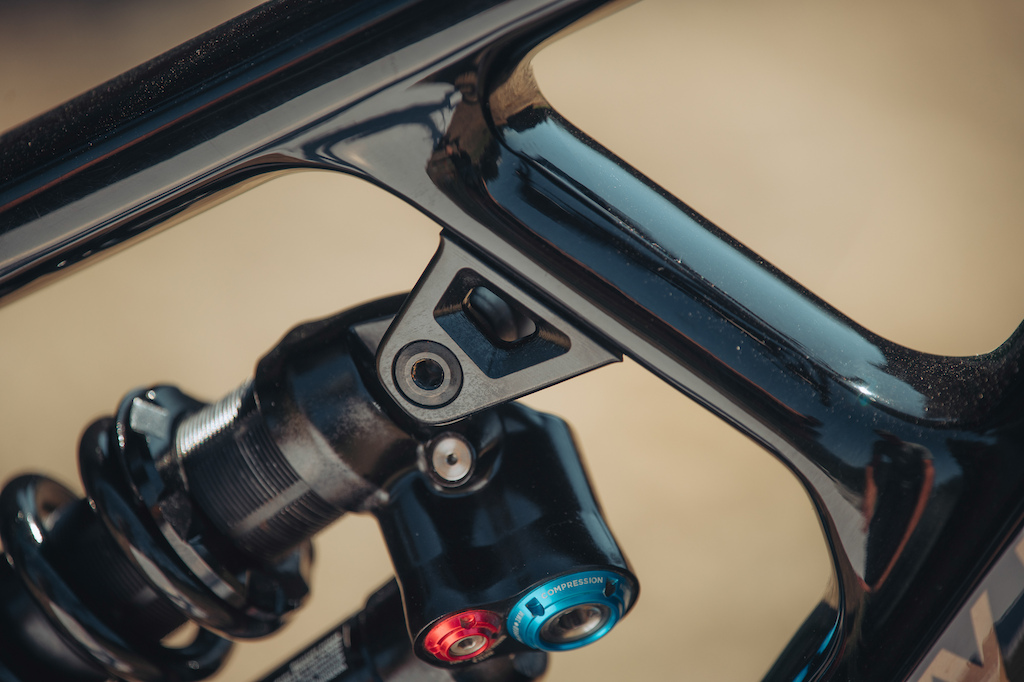
That new swingarm also has a two position flip chip, similar to what’s found on the Altitude enduro bike. That allows for a 10mm difference in chainstay length, going from approximately 439mm to 449mm depending on the position of the Ride-4 flip chip. The Slayer is also UDH compatible, but only in the longer chainstay position.
Like many of Rocky’s other models, the Slayer uses bearings at the shock eyelet to reduce friction. It’s a valid concept, but it does make spring swaps more of a hassle, since you’ll need a special tool to remove the bearings in order create enough room to slide the spring off the shock.

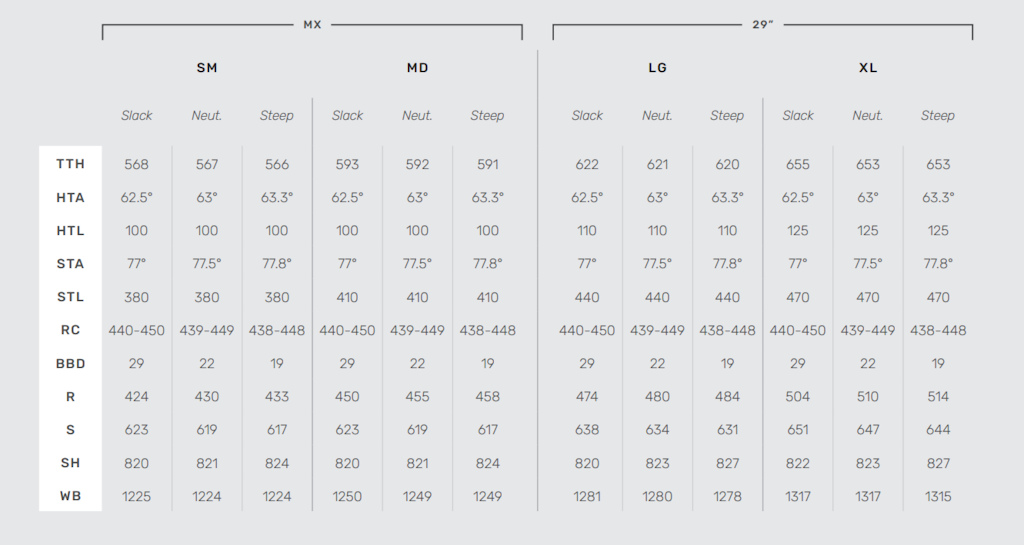
Geometry
The 63-degree head angle of the new Slayer is a whopping 1.5-degrees slacker than the outgoing model. That’s in the neutral position, too; it can be lowered all the way to 62.5-degrees by using the Ride-4 adjustment system. Those numbers make the Slayer’s intentions clear – downhill stability is very high on its priority list.
The reach has increased by 5mm per size, and now measures 480mm on a size large. That change is accompanied by a steeper seat angle of 77.5-degrees. As I mentioned earlier, there are two chainstay positions, with a 10mm difference between them.
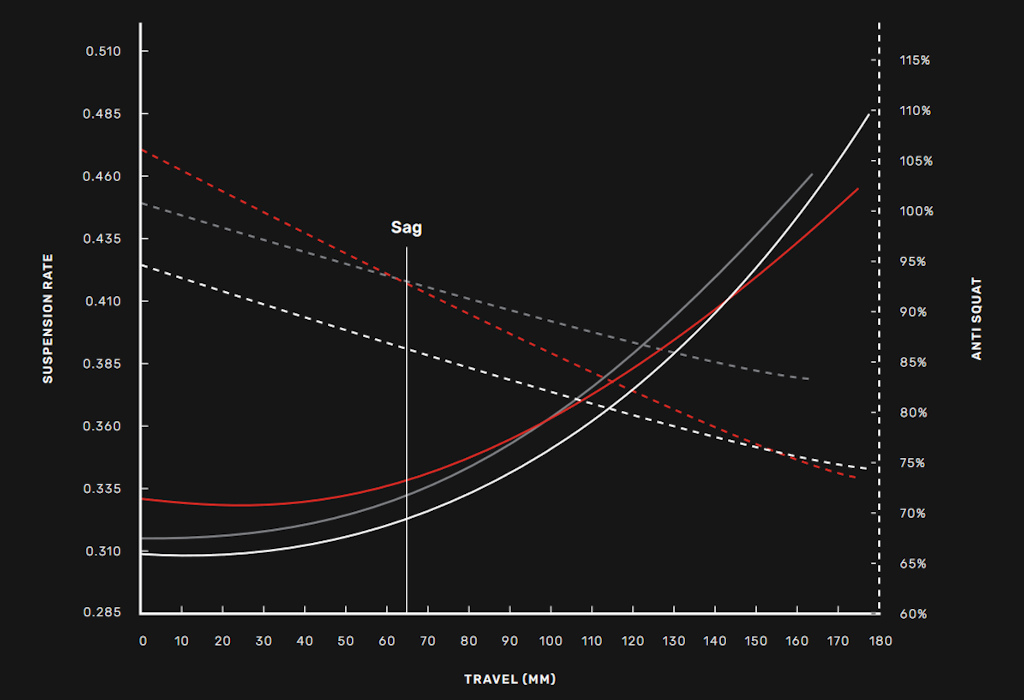
Suspension
As the above chart illustrates, the Slayer’s leverage ratio has been changed to create a more linear, but still progressive suspension curve. The anti-squat has been increased slightly to help improve the pedaling performance, and it drops off more quickly as the bike goes through its travel.
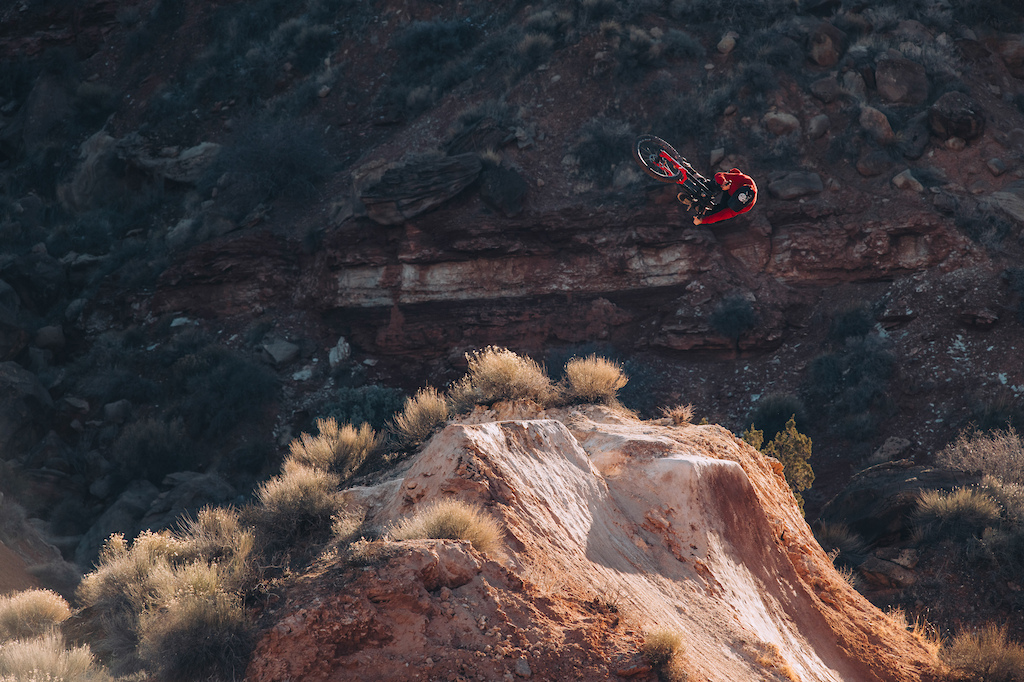
Ride Impressions
Even though shorter travel bikes keep getting more and more capable, I still have a soft spot for a proper freeride bike. They bring me back to my initial years in the Pacific Northwest, when almost every weekend involved trying to conquer some new stunt or rock roll in the woods of Vancouver’s North Shore. The trails have evolved, but there are still plenty of tricky test pieces hidden in the forest where a bike like the Slayer makes a lot of sense.
A C50 recently showed up for review, and I’ve been able to get in a few solid rides so far. All of them involved a decent amount of fire road and singletrack climbing, and even a couple hike-a-bike sections, just to boost the freeride cred, followed by steep, rough descents punctuated by plenty of drops, jumps, and a few spicy rock slabs.
It’s been a few years since I last rode the Slayer, but going off my slightly hazy memories the new version feels like a much more formidable machine. The previous version felt a little more like a long travel all-rounder; this new iteration is decidedly more downhill focused. It’s not a bad climber, but I did find the climb switch handy to have on long fire road slogs for firming up the shock, and the overall length is noticeable on tighter switchbacks.
As you’d hope, the Slayer is in its element (no pun intended) at higher speeds and on steeper trails – I’d put it solidly in the monster truck / smash through everything category, although it’s not totally stuck to the ground – it still jumps very well, and touchdowns are very smooth and controlled.
So far I’ve been running it in the neutral Ride-4 postion with the chainstays in the shorter setting. That’s felt nice and balanced, but I’ll be playing with the longest and slackest modes as testing progresses. There are a bunch of bike park laps in the Slayer’s future too; look for a in-depth review later this summer.
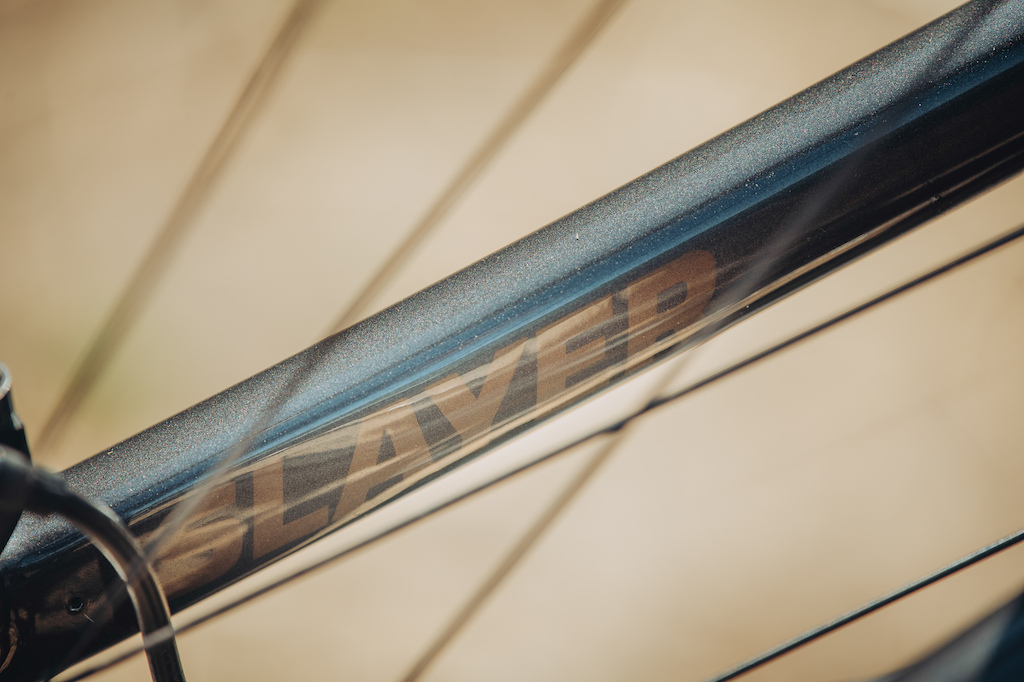
Spec Check
The C50 is priced at $6,299 USD, and comes with a Shimano SLX drivetrain and 4 piston brakes (with metallic pads), a Fox 38 Performance fork, and a DHX2 Performance Elite coil shock. For the wheels, WTB i30 aluminum rims are laced to a DT Swiss 370 rear hub and a Rocky Mountain branded front hub.
The tires are exactly what you’d hope to see on a bike like this – a Maxxis Assegai with a DoubleDown casing and MaxxGrip rubber up front, and a DHRII, also with a DoubleDown casing but with longer lasting MaxTerra rubber in the rear. In addition, all of the carbon Slayers come with CushCore’s XC tire inserts installed. They add an extra 150 grams or so per wheel, but do help prevent pinch flats and rim damage.
Overall, while the price might not present an absolute screaming deal, the build is very solid – there’s nothing that needs to be swapped out immediately (okay, I did swap the 175mm post for a 200mm one – I’d consider that a slight spec oversight), and it’s great to see that the little things, like good tires, metallic brake pads, good grips, and even tire inserts are taken care of.
Models & Pricing
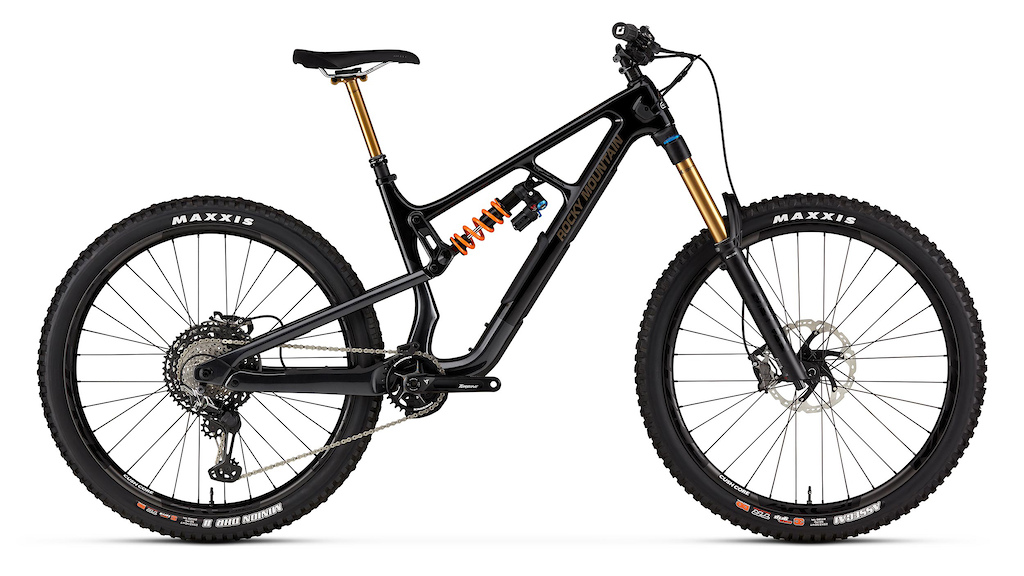
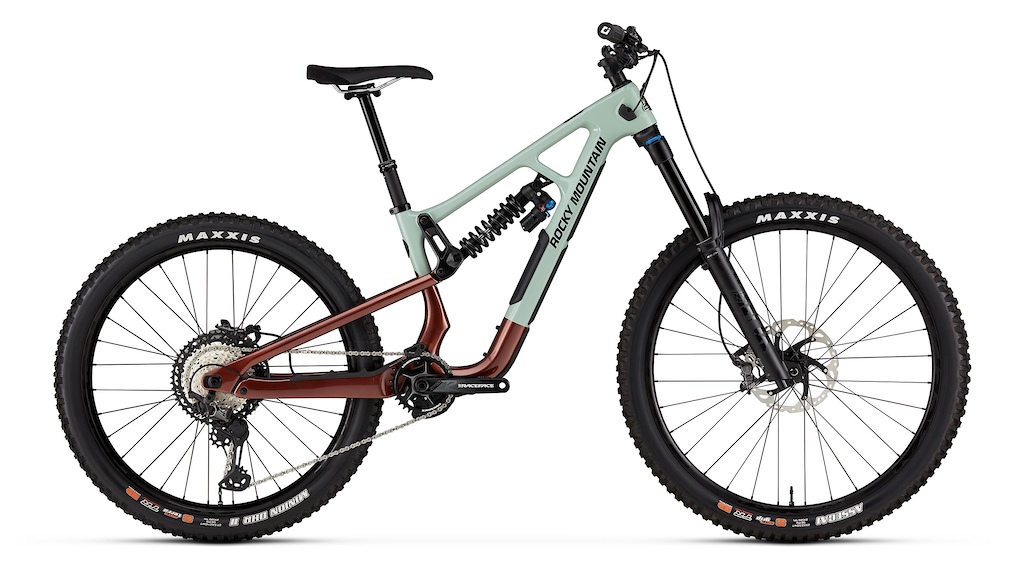
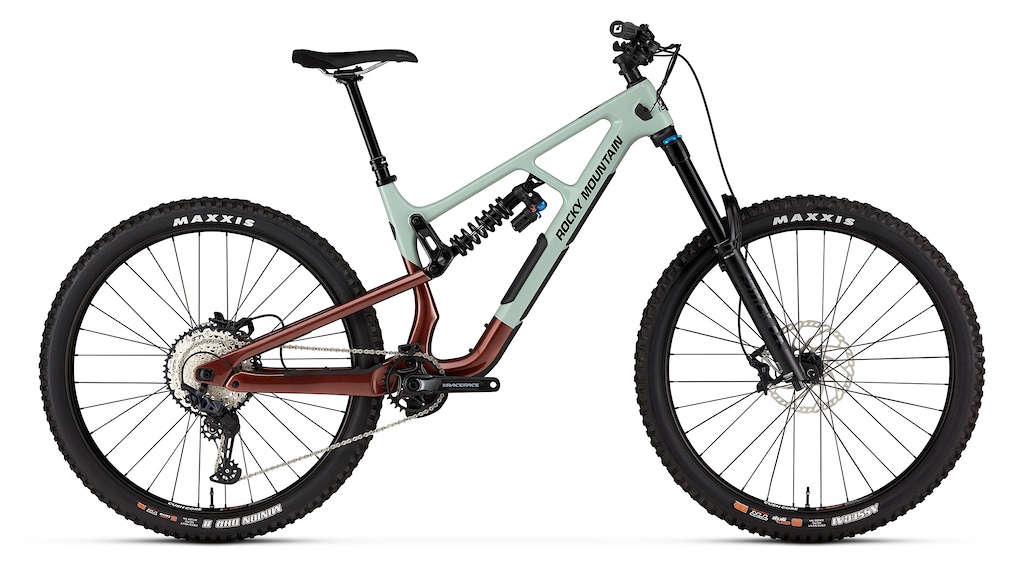
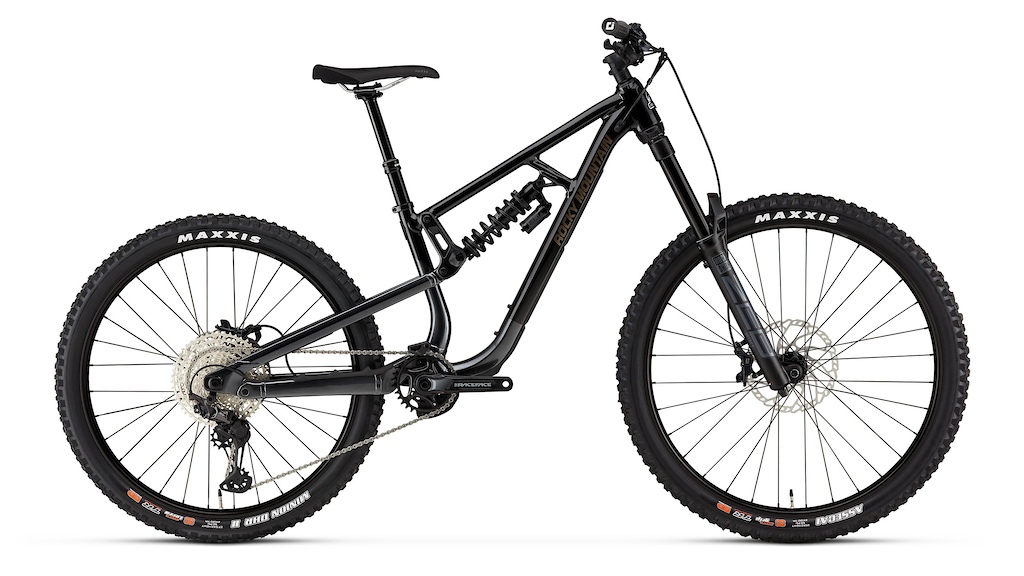

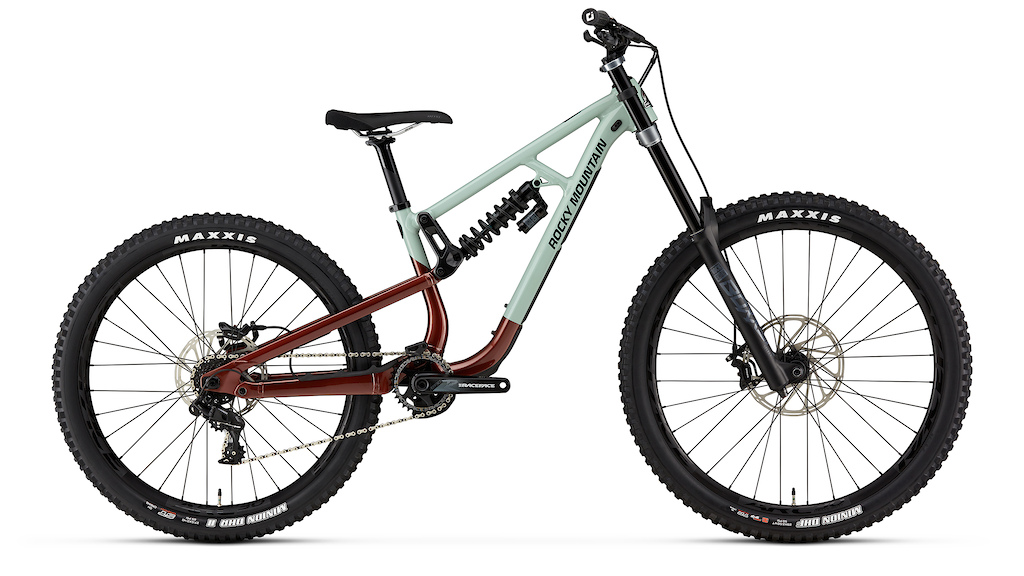
Photos: Margus Riga / Rocky Mountain
